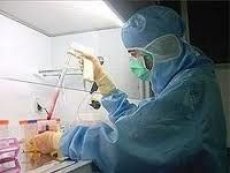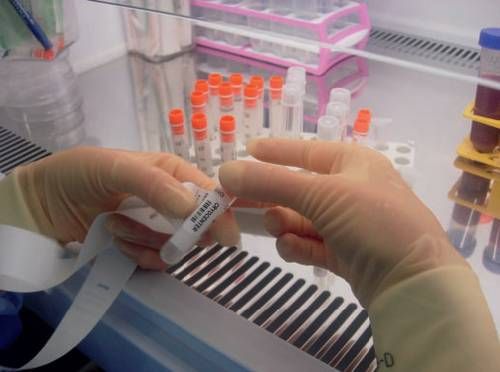New publications
Japan intends to establish a stem cell bank
Last reviewed: 01.07.2025

All iLive content is medically reviewed or fact checked to ensure as much factual accuracy as possible.
We have strict sourcing guidelines and only link to reputable media sites, academic research institutions and, whenever possible, medically peer reviewed studies. Note that the numbers in parentheses ([1], [2], etc.) are clickable links to these studies.
If you feel that any of our content is inaccurate, out-of-date, or otherwise questionable, please select it and press Ctrl + Enter.

Progress in stem cell therapy is disappointingly slow, because in addition to purely scientific problems, research is hampered by so-called ethical and legal barriers, which make investors reluctant to put their money on the table.

Stem cell pioneer Shinya Yamanaka of Kyoto University in Japan is set to jump-start the field by creating a stem cell bank for therapeutic use. The bank will store dozens of induced pluripotent stem cell lines, putting Japan at the forefront of biomedical research for the first time.
Mr Yamanaka's long-time dream, the iPS Cell Stock project, received a new boost in July when the local Health Ministry gave permission to create cell lines from fetal cord blood samples, which are abundantly stored across the country.
Mr Yamanaka was the first to show in 2006 that mature mouse skin cells could be turned back into stem cells, capable of forming all body tissues. In 2007, he repeated the experiment on human cells, raising hopes that the “ethical issues” associated with stem cells derived from embryos could be circumvented. In addition, iPS cells could be derived from the patient’s own cells, avoiding their rejection by the immune system.
Since then, eight long-term projects have been set up in Japan to take iPS cell treatments beyond the lab and into regular hospitals. One of them, led by Mr. Yamanaka, is trying to find a cure for Parkinson’s disease for $2.5 million a year. According to the scientist, clinical trials are still at least three years away. But experiments on restoring the retina with iPS cells are already planned for 2013 at the RIKEN Center for Developmental Biology.
The project will not need cells from Mr. Yamanaka's bank. But once these or other trials are successful, demand for cells will skyrocket, and obtaining iPS cells and testing them for compatibility with a particular patient's body can take six months (for each cell line) and cost tens of thousands of dollars.
That’s why Shinya Yamanaka plans to create a permanent stock of 75 cell lines by 2020 that would cover 80 percent of Japan’s population. That means finding donors with two identical copies of each of three key genes that code for immune-related proteins found on the surface of cells, called human leukocyte antigens (HLA). He estimates that he’ll have to comb through samples from at least 64,000 people.
Using the collection of eight Japanese cord blood banks would make the task much easier. The banks contain about 29,000 samples with their HLA characteristics, and Mr Yamanaka is already in talks. The remaining question is whether the banks should ask the consent of donors, most of whom donate blood for the treatment and study of leukemia.
On the second floor of Kyoto University's iPS Cell Research Center, Mr. Yamanaka has already installed the equipment and is now waiting for approval from management. The first batch of samples, suitable for 8% of Japan's population, could arrive in March.
The project has a high chance of success also because genetic diversity in Japan is relatively small, while in other countries such banks would have to be larger and more expensive. That is why such collections are created there primarily for research, not for treatment. For example, the California Institute of Regenerative Medicine (USA) has planned a bank of about three thousand cell lines that will be available only for research.
